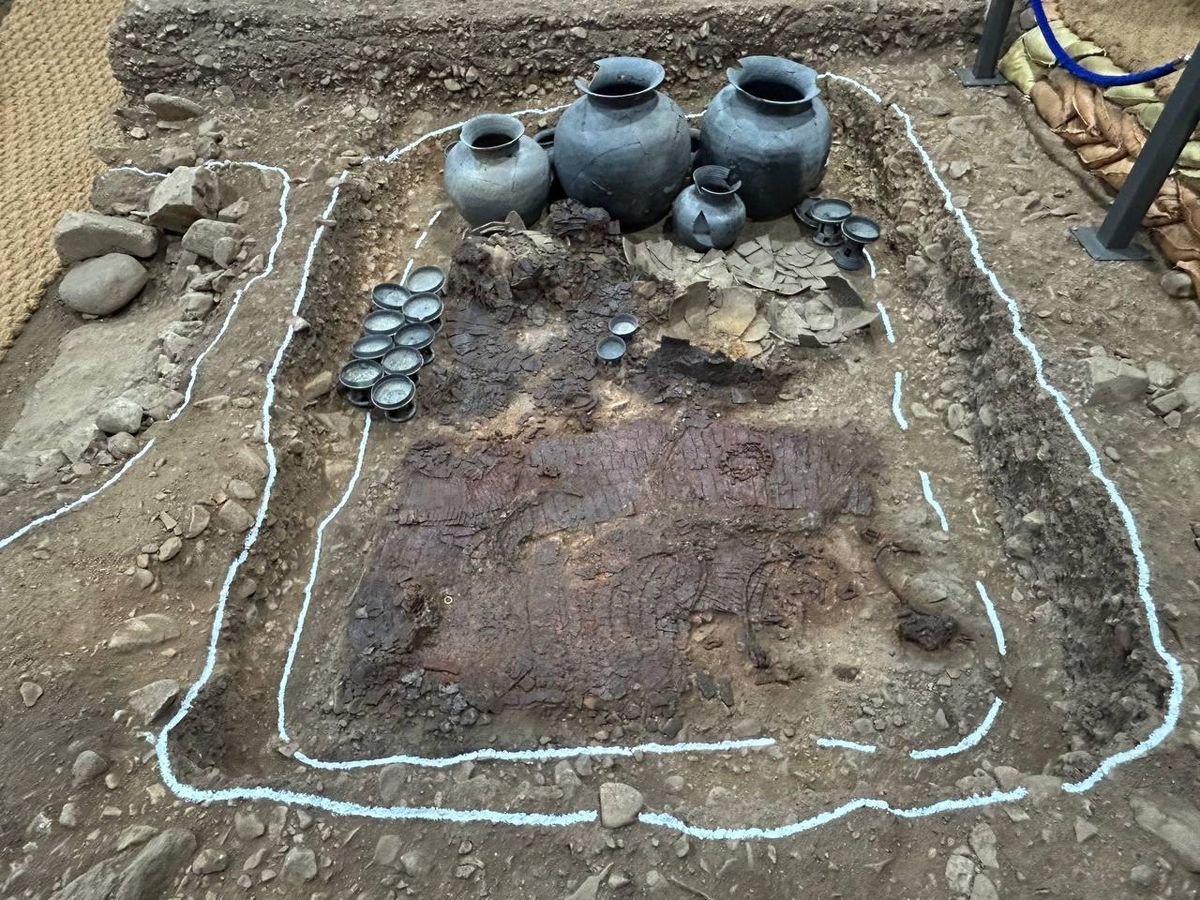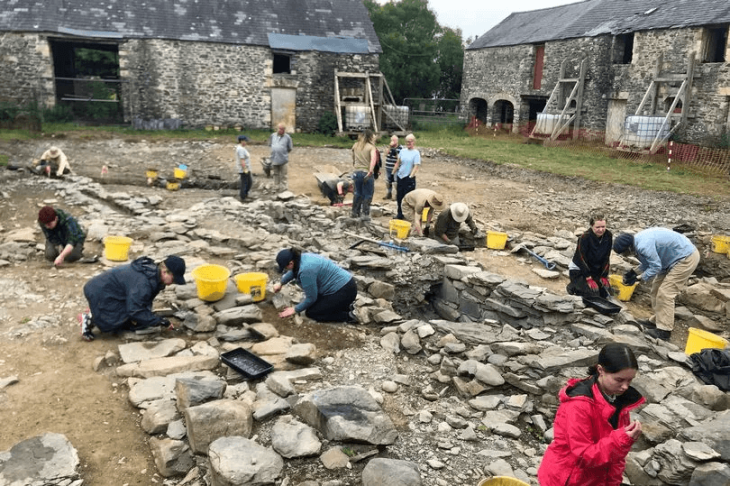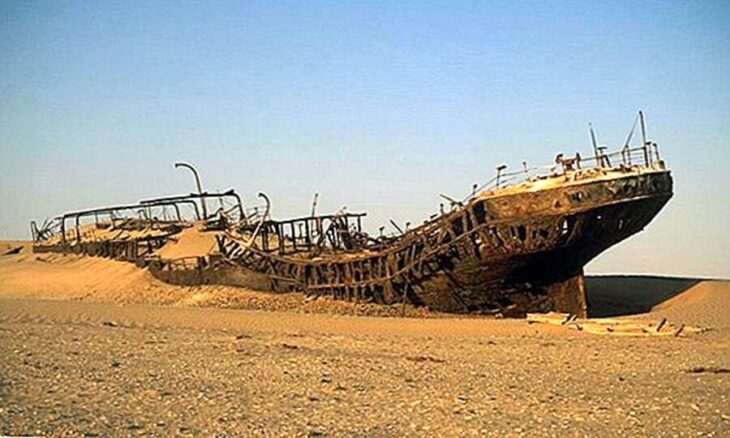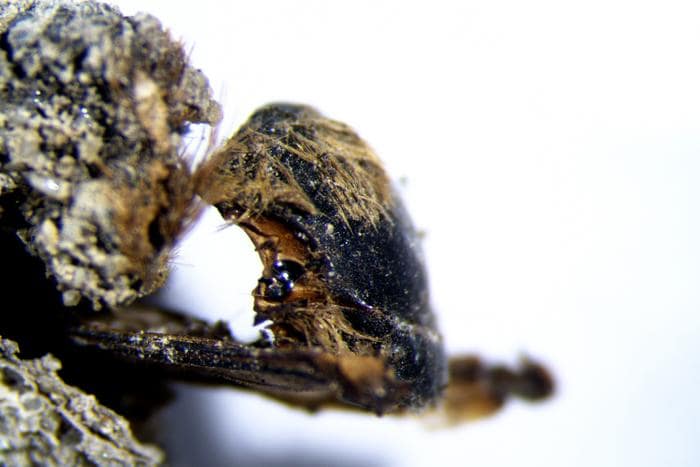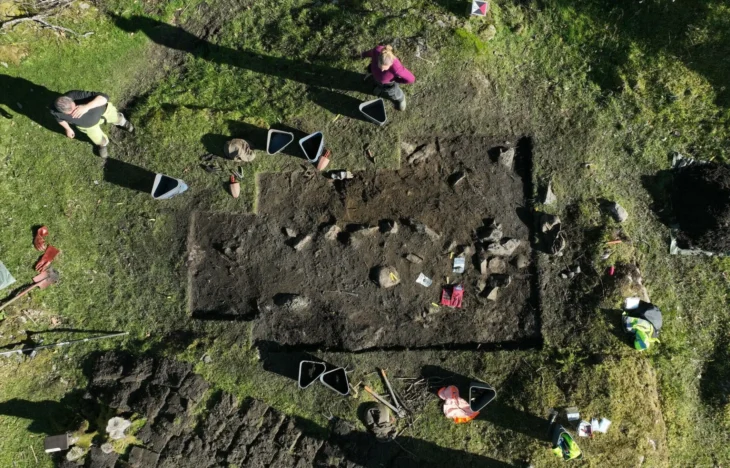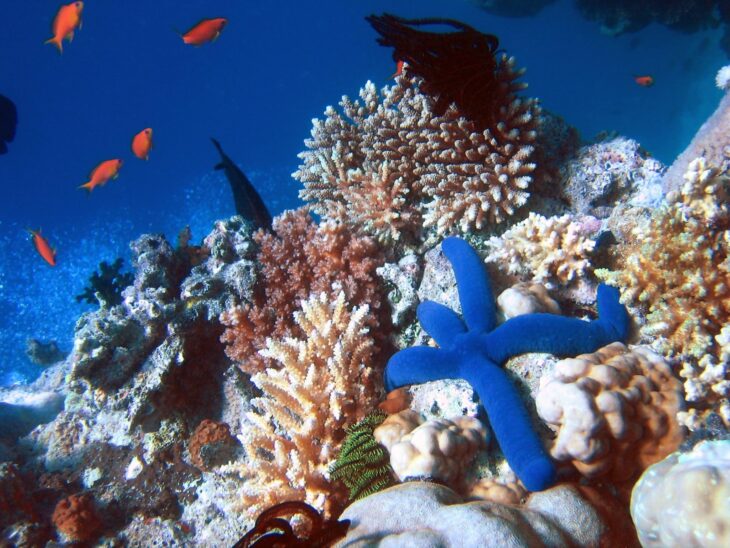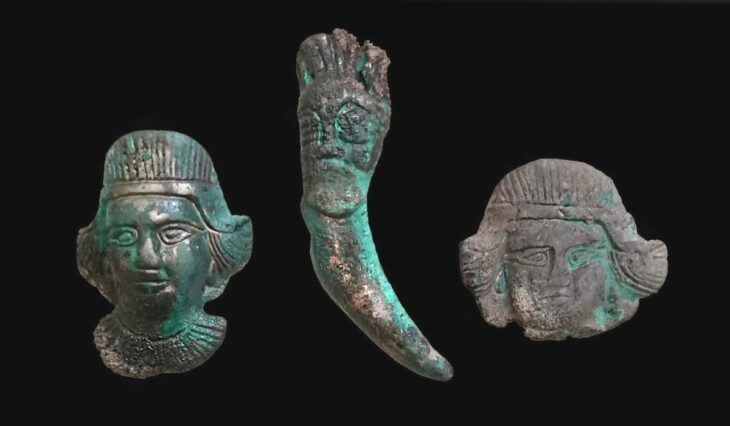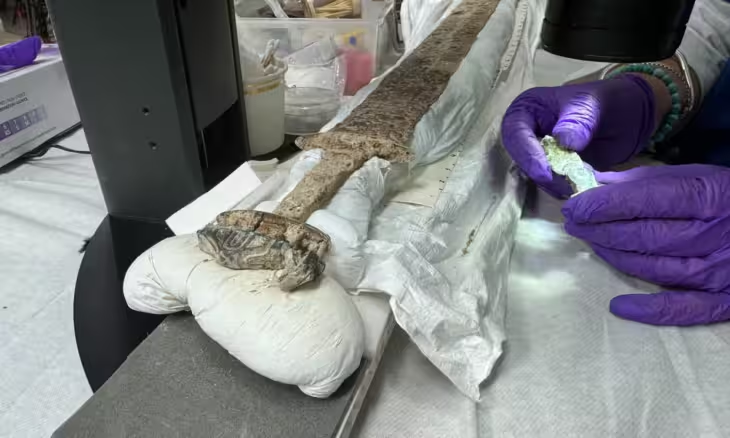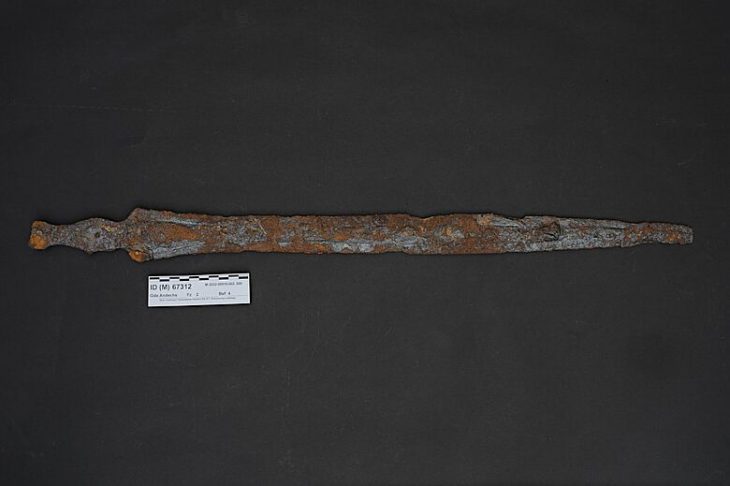“This is a rare moment, showing the public a complete set of a Silla commander’s armor for both man and horse.” With these words, Korea Heritage Service (KHS) Administrator Huh Min captured the magnitude of one of the most remarkable archaeological discoveries in recent Korean history.
In the heart of Gyeongju, the ancient capital of the Silla Kingdom (57 BCE–935 CE), archaeologists have unearthed the remains of a military commander, alongside his full set of armor, horse gear, and fragments of a gilt-bronze crown. The discovery, made beneath the Hwangnam-dong No. 120 mound, marks a groundbreaking moment in the study of early Silla society — offering an unprecedented look at the kingdom’s military, artistry, and burial customs.
Unearthing a Silla Commander’s Tomb
Led by the Korea Heritage Service and the city of Gyeongju, the excavation revealed a wooden-chamber tomb beneath a large stone-covered mound, dating back to the 4th or 5th century CE. Inside the chamber lay the skeleton of a man estimated to have been in his early 30s at death — identified as a Silla commander based on the elite artifacts surrounding him.
The discovery also included the remains of another individual — likely an attendant or chamberlain — buried alongside the commander in what researchers describe as a retainer sacrifice, a burial custom symbolizing loyalty and status during Silla’s formative years.
Archaeologists were astonished to find armor sets for both the man and his horse, marking only the second time such a complete set has ever been found from the Silla era. The find provides tangible evidence of Silla’s heavily armored cavalry, known in historical records as the backbone of the kingdom’s expanding military power.
📣 Our WhatsApp channel is now LIVE! Stay up-to-date with the latest news and updates, just click here to follow us on WhatsApp and never miss a thing!!
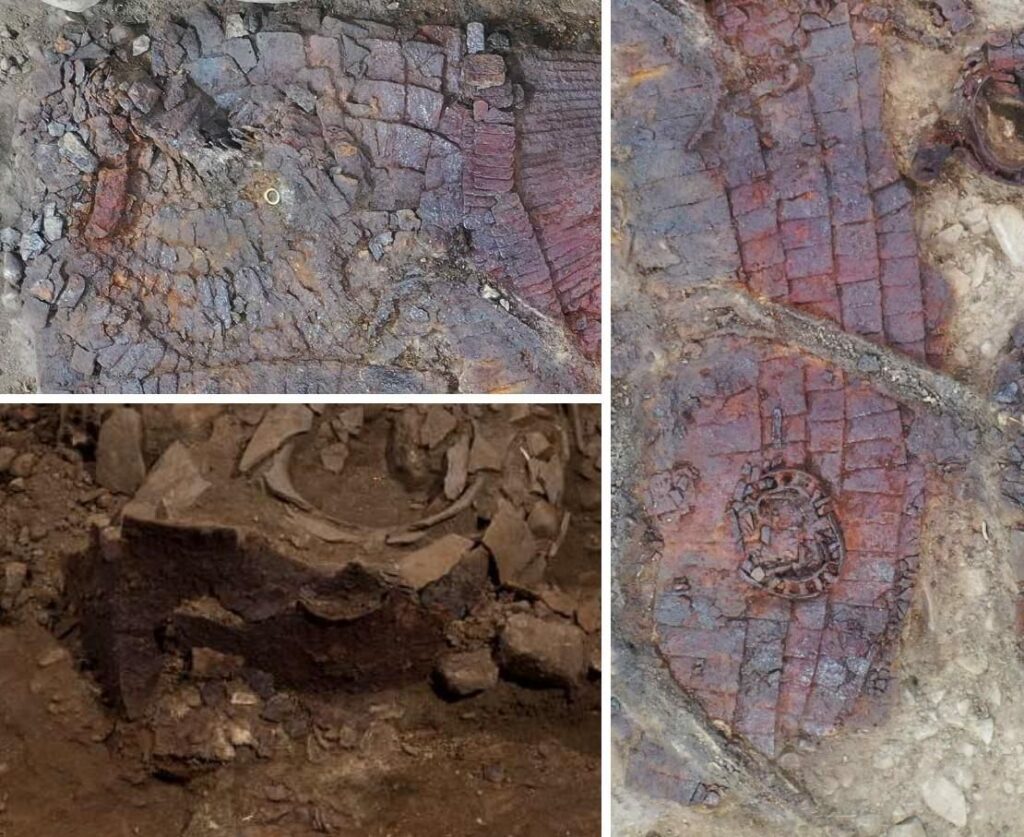
A Window into Silla’s Warrior Elite
The commander’s sword, armor, and helmet were preserved in exceptional condition. Experts from the Silla Cultural Heritage Research Institute noted that parts of the armor were made from leather, differing from the iron-dominated designs found in previous discoveries. This innovation suggests attempts to make armor lighter and more mobile — a sign of evolving military tactics in 5th-century Korea.
Researchers say the horse armor, in particular, offers new insight into Silla’s military organization. The craftsmanship and scale of the find point to an elite cavalry unit, likely serving under royal command. “Such discoveries reshape our understanding of how Silla’s warrior class operated — these were not just soldiers but symbols of royal authority,” said Lee Min-hyung, a leading researcher at the site.
Gilt-Bronze Crown Fragments: Signs of Royal Connection
Among the most striking artifacts were fragments of a gilt-bronze crown, believed to be among the oldest of its kind from the Silla period. The crown’s decorative motifs bear resemblance to those of Goguryeo (37 BCE–668 CE), suggesting active cultural exchange between the two powerful kingdoms.
“This crown fragment could shift our understanding of early Silla metalwork and its relationship with neighboring states,” said Kim Hun-suk of the Gyeongju National Research Institute of Cultural Heritage. “We’re seeing artistic and political connections reflected in the very materials of the era.”
Historical Significance of the Silla Kingdom
The Silla Kingdom, one of the Three Kingdoms of Korea, ruled the southeastern Korean Peninsula for nearly a millennium. Founded in 57 BCE, Silla evolved from a tribal confederation into a centralized monarchy that would ultimately unify the Korean Peninsula in 668 CE.
Silla’s capital, Gyeongju, became a hub of art, science, and religion — often referred to as the “Museum Without Walls” for its wealth of ancient tombs, pagodas, and temples. The newly discovered commander’s tomb reinforces Gyeongju’s role as a window into early Korean civilization, illuminating how power, culture, and belief intertwined in the formation of a sophisticated state.

Connecting Past and Present
The timing of the discovery aligns with the 2025 APEC Summit, which Gyeongju will host from October 31 to November 1. To mark the occasion, the excavation site and its artifacts will be open to the public from October 27 to November 1, allowing visitors to witness this rare historical moment firsthand.
Officials hope the exhibit will foster greater international appreciation for Korea’s cultural heritage. “As we open these treasures to the world, we are not just displaying artifacts — we are sharing a story of identity, craftsmanship, and endurance,” said Administrator Huh Min.
A Rare Moment for History and Heritage
This extraordinary find not only deepens understanding of Silla’s political and military structures but also bridges ancient Korea with the modern world. The preserved armor, the intricate gilt-bronze crown, and even the faint traces of human life beneath the soil collectively offer a vivid glimpse into a bygone era of kings, warriors, and artisans.
Indeed, as Huh Min emphasized, “This is a rare moment, showing the public a complete set of a commander’s armor for both man and horse.” More than an archaeological milestone, it is a living testament to the enduring legacy of the Silla Kingdom — a civilization whose echoes continue to shape Korea’s cultural identity today.

